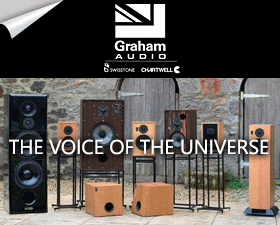In order to allow meaningful comparison of loudspeakers they must be placed in exactly the same position in the listening room:
(...)
My position on this is that there may be audible differences but since sighted testing is flawed from the beginning I for one don't consider results of such tests as evidence. As long as a test method includes parameters which are known to have an effect on the result, you have to control them. If you compare two speakers and you place them side to side, they will couple in different manners to the room modes and they will generate different reflections (in terms of reflection path length, hence level and delay, and spectrum), one speaker may even generate reflections of very short delay (think of cabinet edge diffraction) for the other.
Klaus
Klaus,
Ignoring all the vast empirical knowledge that was acquired in sighted conditions and could not be proved or confirmed in blind tests can be essential for audio science, but is a minus in high-end speaker design. Personally I doubt that high-end loudspeaker design has reached a point in which it can be totally scientific and rely exclusively on measurements and decisions taken in fully controlled conditions. IMHO the possible controlled conditions are too restrictive to reproduce audiophile conditions, and will compromise the final result. IMHO here also means I will not quote anyone famous to support my view.

















